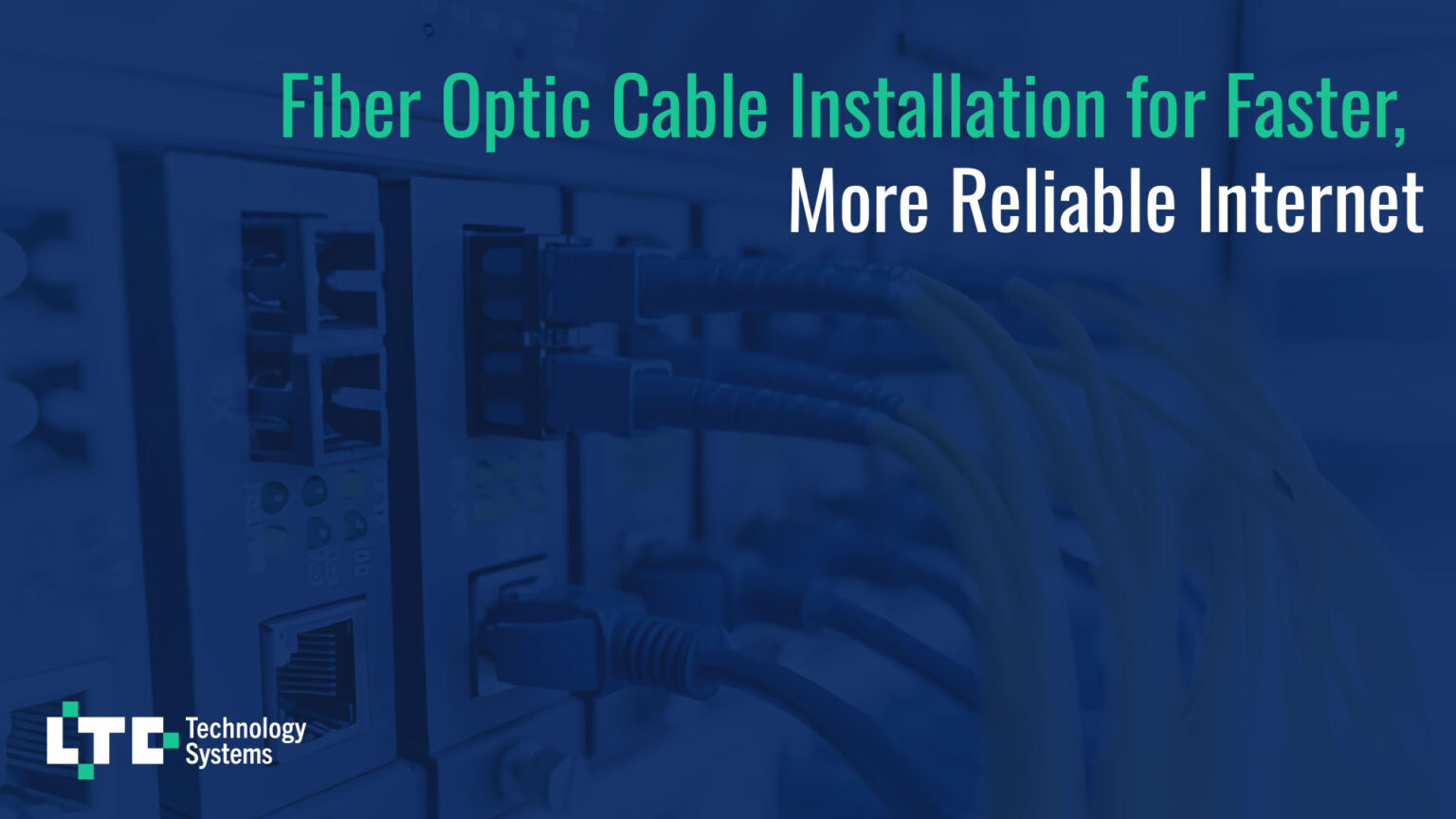Fiber optic cable provides a much more reliable connection than copper because fiber optic cables are not affected by electromagnetic fields. Due to this, fiber optics are rapidly replacing copper all over the globe. As you consider the installation of fiber optic cables for your internet needs, understanding the process might be helpful to you when making the decision to switch and/or which professional you should trust to complete the installation. This article will detail the steps in the fiber optic cable installation process.
Step One: Planning, Designing, and Materials
Planning is essential to installing fiber optic cables as it determines the overall cost, time needed, and required materials to complete the project. Installers map the route using the most direct path possible. Additionally, they must identify the ideal cable entry point and how it will connect to your property’s internet distribution system.
This initial process also involves gathering materials such as:
- Connectors
- Splice closures
- Fiber optic cables
- Installation tools: fusion splicers, cable cutters, and termination kits
Step Two: Preparing the Route, Installing and Terminating the Cable
Once all necessary materials are acquired, route preparation and installation begin. Installers ensure the route doesn’t have obstructions like buildings or hazardous materials that could compromise the integrity of the cable. Ideally, cables should be run through conduit underground; however, in some cases, like in frequently disturbed land due to excavation, overhead installation is performed. During installation, the crew is very careful to avoid bending the cable beyond its minimum bend radius. Terminating the fiber optic cable using connectors is the final task in this step.
Step 3: Testing, Securing, and Protecting the Connection
Testing ensures that the installation was successful. Installers connect the cable to the appropriate network equipment including an optimal network terminal (ONT) or router. They secure the cable with ties and clamps to prevent movement and strain so the cable works without interruption. They may also use dust caps and covers to protect exposed connectors and cable ends to avoid contamination.
Step 4: Documentation and Labeling
Documenting details like cable lengths, termination points, and routes is a crucial step as it helps minimize damage during future repairs and maintenance.
Step 5: Final Testing and Activating
Once everything is connected and labeled, testing the structure again helps determine whether or not the cable works and the connection is solid.
Once it is certain everything is running smoothly, the installers will contact the internet service provider to activate the service. Then you will finally be able to enjoy a faster and more reliable internet connection.
Summary
Fiber optic cable is ideal for both homes and businesses. An in-depth understanding of the process is required to ensure a successful installation. That’s where we can help. Contact LTC Technology Systems to learn more about how we can help you achieve a faster, more reliable internet connection.


